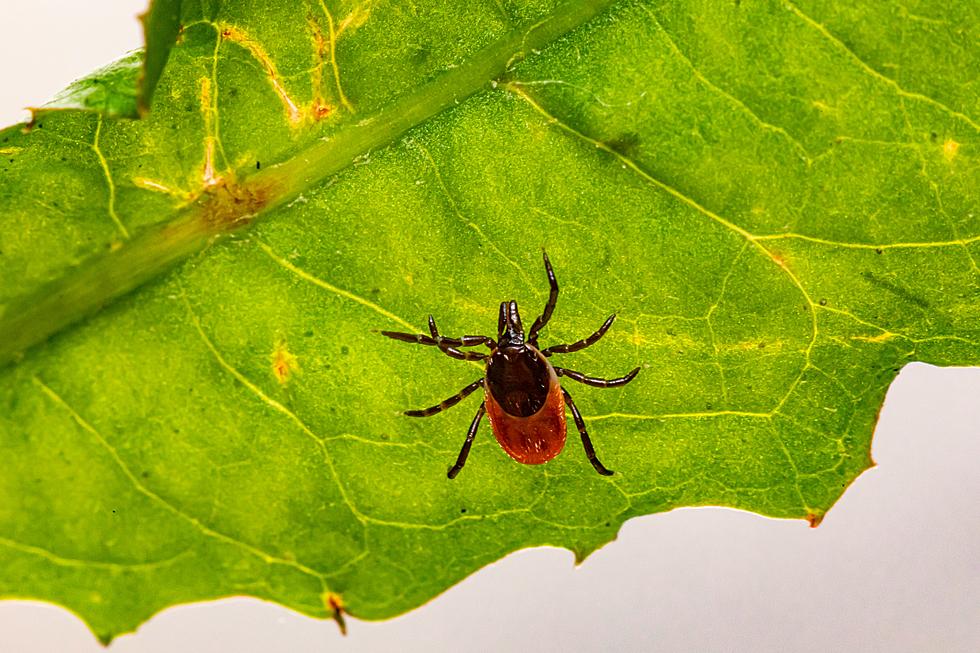WJON In-Depth: From Fat to Fit: How Central Minnesota is Dealing with Overweight Kids [VIDEO]
ST. CLOUD -- Nearly 50 percent of kids in the United States are either overweight or obese. However, here in central Minnesota, we have a reason to be hopeful, the community is fighting it and we're starting to see a positive outcome.
Jodi Gertken is the Director of Wellness for CentraCare and works with their BLEND program.
"BLEND is a community coalition that stands for Better Living through Exercise and Nutrition Daily. It's a consortium of community partners who have come together to address and combat the rising epidemic of childhood obesity throughout central Minnesota."
Over the past ten years BLEND has played an important role in decreasing childhood obesity.
"Some of the things we have done is increasing walk-ability to and from school through our safe routes to school program. We have our BLEND fit kids series of events that take place between April and November each season."
Community initiatives only go so far though, Luann Palmquist coordinates the Physical Education and Health and Wellness programs for the St. Cloud area school district. She says one way they are fighting the fat at school is by teaching students games they can play at home.
"They're playing basketball or volleyball the way they would need to play it in their backyards."
Besides these small sided games, schools have gone back in time to teaching activities that were once a staple taught by parents.
"We're teaching bicycling third, fourth and fifth grade. It is surprising how many kids have never rode a bike."
Palmquist says this could be the case for many reasons such as not having access to a bike or not having the space to ride a bike.
Tom Wicks is the Director of Operations for the Boys and Girls Club of Central Minnesota. He says the neighborhoods kids live in also play a factor in where or how they play.
"The days of just go outside and play might not work out in some neighborhoods."
Wicks says over the years kids haven't changed if you give them the chance they will play.
"If they're included and they feel it's a safe inclusion, and if they have the ability to try something [they'll play]. We're trying to provide opportunities where you don't have to be good at it, you can come and try it, and we'll include you."
Although kids may not be changing, the way they play is. Years ago playing to a kid meant bike riding or maybe playing a game of baseball. Today, playing can still mean those things but the list has grown to include technology, video games, movies and even just surfing the web. So how are we merging the old idea of playing with the new? Palmquist says by incorporating technology into physical education, they can get kids more involved.
"We have some really fun elementary activities that have went on that involve i-pads, i-pod stations."
When it comes to dealing with childhood obesity, exercising is only half of the battle, making the right decisions about what to eat is just as important.
Dr. Andrew Maloney is a pediatrician at CentraCare, he says to help his patients make good decisions he gives them a rule to follow called 5-2-1-0. It breaks down into this:
- 5 - Servings of fruits and vegetables per day.
- 2 - Less than two hours of screen time per day.
- 1 - At least one hour of activity per day.
- 0 - No sugary beverages.
Following these rules though is easier said than done. This is where having the help of a pro, who can guide you at the grocery store comes in handy. Ashley Kibutha is a Supermarket Registered Dietitian at Coborn's. As she's working with parents she says one of the struggles many of them face is dealing with a picky eater.
"It does take kids up to 20 times to try a new food before they like it. For parents this isn't just offering them fresh broccoli, fresh broccoli, fresh broccoli. It's maybe cooked broccoli, steamed broccoli, maybe add a little cheese sauce or maybe it's part of a recipe. So [if you offer foods in] all of these different ways, then maybe kids are more likely to like it at some point."
Aside from being a dietitian, Kibutha is a mom. She says she's noticed her two-year-old son is watching what she's eating and wants to eat like her. After eating a salad by him one day, Kibutha says he has been hooked on salads ever since.
With all of these influences, BLEND, school officials, after school programs, dietitians, doctors, and parents, have we seen any real progress in lowering childhood obesity?
Gertken says in the areas where BLEND has been prevalent, we have seen kids becoming more fit.
"Between the years of 2008 and 2015 we've seen a decrease in childhood obesity, BMI rates, in this [central Minnesota] area among 12-year-olds by 24 percent."
With trying to make the healthy choice the easy choice, Kibutha agrees, childhood obesity is starting to go down.
"We have seen it level off and that's great. But obviously that still means there does need to be more work behind that and more community initiatives."
Although work still needs to be done at least we're on the right track.
More From AM 1240 WJON









